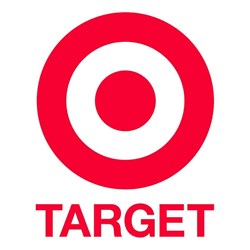Target Set To Implement RFID Price Tags

By Christine Kern, contributing writer

Implementation should be complete by 2016 and is anticipated to improve inventory management.
In a move to improve inventory management, Target has announced that it will roll out FRID price tags by 2016 in one of the largest implementations of RFID in the retail industry, according to ZDNET.
Keri Jones, Target's EVP of global supply chain operations, announced the rollout in a blog post. According to Target, the retailer is working with key vendors on a fast-tracked timeline to initiate the use of “smart labels” on price tags in an effort to improve inventory accuracy and tracking and enhance the ability to keep stores stocked with popular items.
The RFID tags are unobtrusive and probably will not be noticeable to the average consumer, but the company is confident that the technology will “increase efficiencies by providing greater visibility into our inventory.” The new technology is also anticipated to help better fulfill online orders for store pickup, which account for 15 percent of Target.com purchases.
The rollout is scheduled to begin in a “small number” of stores later this year, with a full rollout expected in 2016. The pilot will also begin with goods in Women’s, Baby and Kids’ apparel and in home décor, which are some of the most popular store pickup items.
"As more and more of our guests shop us online, they expect a great, seamless experience between digital and stores," Jones said. "And adopting technology like RFID is one big step Target is taking to make sure we deliver."
Target is also a sponsor of the newly opened RFID Lab at Auburn University, which will explore additional ways that RFID tags can enhance the shopping experience.
While Target's motivation for using RFID is most likely about turning customers over faster, the announcement also follows the recent Lilly Pulitzer collaboration that received negative press for its rollout. Heavy demand outweighed Target’s inventory insight for the pastel printed clothing line, leaving many shoppers empty handed and irate.
The new RFID technology ultimately would help safeguard against future inventory shortfalls.
